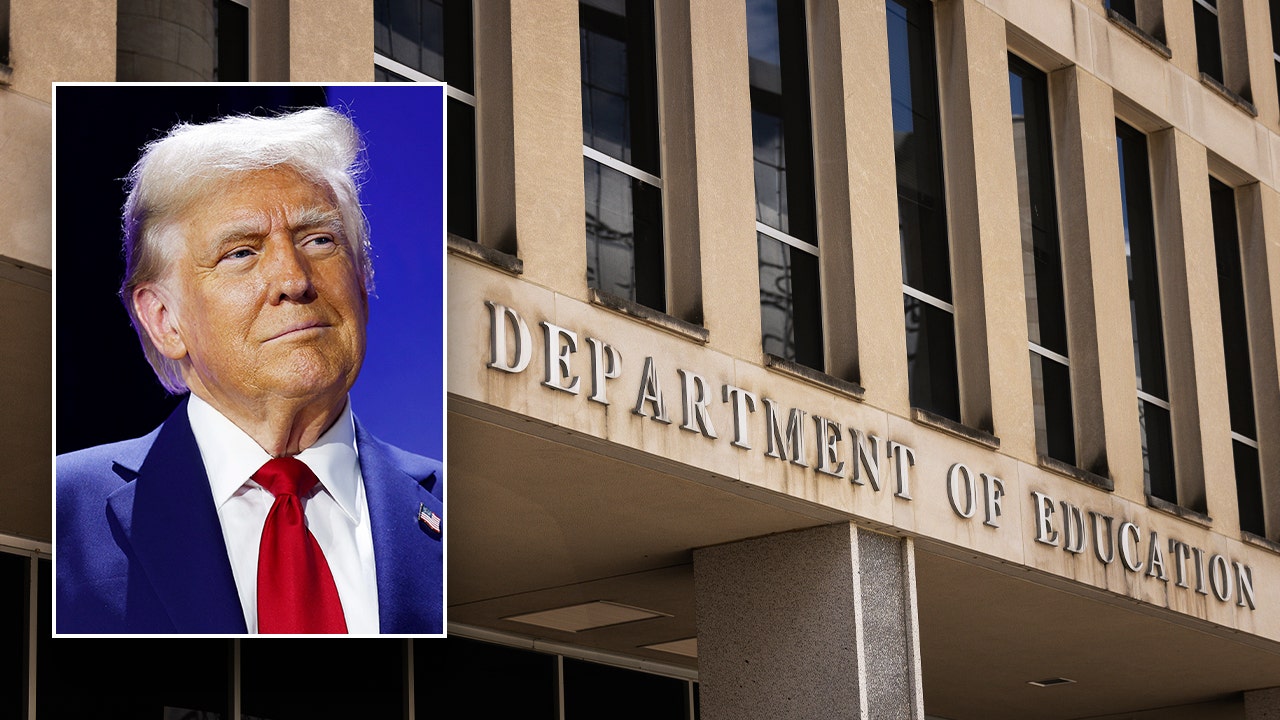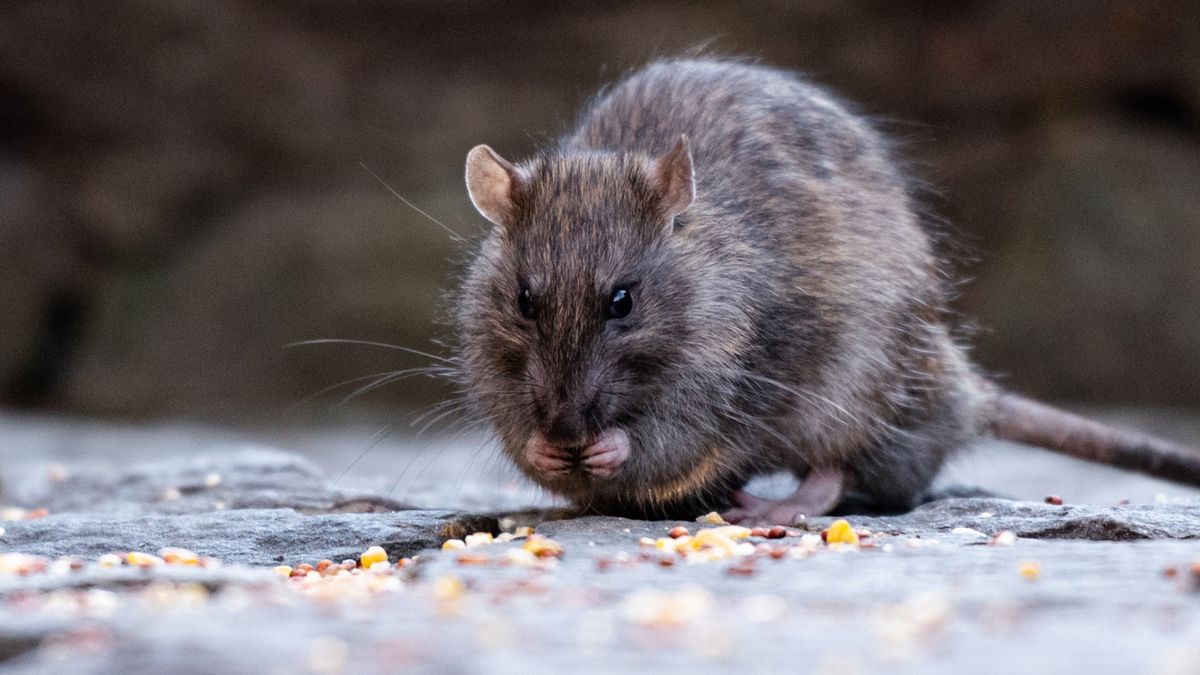As climate change makes the planet more inhospitable for many species and communities around the world, at least one population is thriving: urban rats.
Increasing rat populations have been reported in cities around the world, and a team of urban ecologists wanted to find out why. Their study, published Jan. 31 in the journal Science, finds that climate change, urbanization and population growth contribute to growing rat populations in cities.
“They’re such fascinating organisms because they’re so well adapted to thriving alongside people,” lead study author Jonathan Richardson, an assistant professor of biology at the University of Richmond, told Live Science.
The study analyzed data about rat populations from 16 cities around the world. The data used in the study was collected over an average of 12 years by local officials. Most of the cities studied were in the United States, including Washington, D.C.; San Francisco; and New York.
In nearly 70% of these cities, the number of rats increased significantly during the study period. This is a problem because wild rats can carry pathogens and parasites that are harmful to humans and pets. They can also damage urban infrastructure by digging under sidewalks and chewing through walls, Richardson said.
In the new study, the researchers compared cities’ increases in rat populations with increases in temperature, urbanization and human population density. This revealed links between thriving rat populations and these human-driven factors.
The strongest link studied was between temperature and rat population increases.
Climate change is altering the length of seasons, with summers getting longer and winters getting shorter. According to Richardson, even a few extra days or weeks of warm weather give rats more time to be above ground foraging for food, making nests and mating.
Washington, D.C., had the largest increase in complaints about rats during the study, rising from 1,448 complaints in 2010 to 12,209 in 2021, according to Open Data D.C.
Gerard Brown, program manager of the city’s Rodent and Vector Control Division, said he has noticed the link between warmer weather and increasing rat populations firsthand over his 35-year career.
Brown, who spoke with Live Science during the Urban Pest Management Symposium, said the issues Washington, D.C., is facing are not unique. Indeed, scientists, city officials and residents in many cities will have to collaborate to stymie rat population growth.
“This is a shared problem, and the only way we can get on top of it is if we work together,” Brown said.
To help keep rats away from residential areas, people can limit the amount of food waste they put in outdoor trash cans, Brown added. “Whether that means using a garbage disposal, composting, or freezing and putting it out the morning of collection — help us, because the city can’t do it alone,” he said.
From the data analyzed in the study, Richardson expects rat populations to continue growing in urban areas as the climate continues to warm.
Still, he hopes this study will inspire cities to start collecting more data about rats. Having more data could help scientists and city officials work together to address growing rat populations and their consequences for health and safety.
“We don’t want to live with this density or commonality of rats across our city, so we need to invest more in dealing with this now — not wait 10 years and kick the can down the road,” Richardson said.














